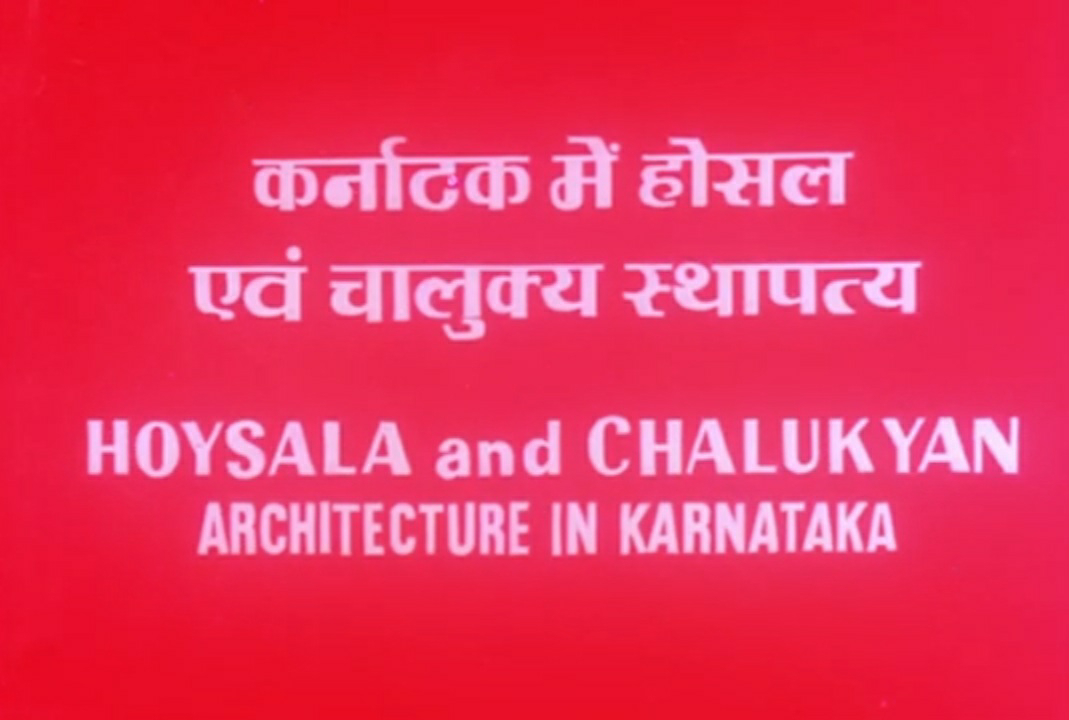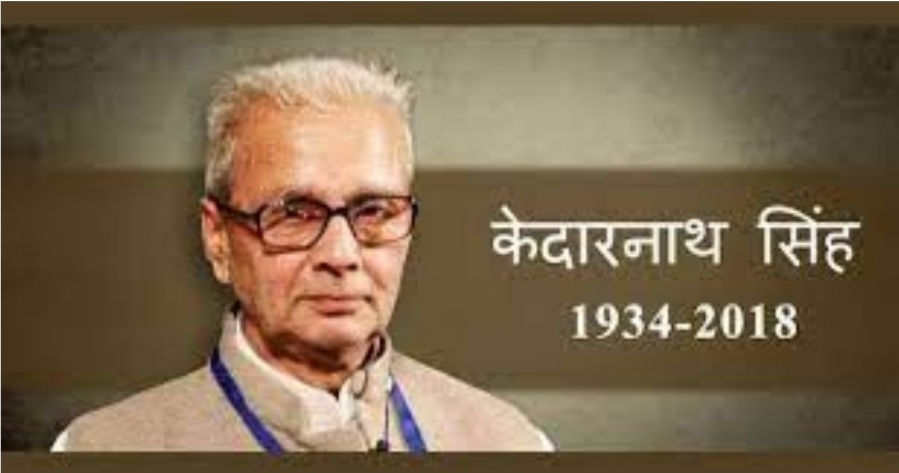HOYSALA AND CHALUKYAN ARCHITECTURE IN KARNATAKA
The movie-Hoysala and Chalukyan Architecture in Karnataka, filmed by T.S.Nagabharana is an eye-feast which calls the grand Indian legacy to our minds. The Hoysala Dynasty founded by Nripakama-I governed Karnataka from 1026 CE to 1343 CE. Veera Ballala-II established Hoysala as a politically and economically dominant regime across South India. From then,there was no looking back for the hitherto subservient Dynasty. The grandeur of Dvarasamudra,the Capital of the Hoysala's was so enticing that even Alauddin Khilji cast an evil eye upon the city and left it in ruins.
Architecture had always been the strong suit of the Hoysalas. These cheftains-turned- rulers were primarily vassals under the Chalukyan Empire. Most of their sculpting designs were modelled upon the Chalukyan Architecture. The sanctuaries built in Trikuta Style accompanied by immense Nandi Mandapa and Madanika can be reckoned as the specialities of Hoysala Temple Art. Most of these sculptures were carved in Soapstone. Sagas from the epics were dexterously engraved on the walls of the temples. The garba grihas,murtis and vimanas reveal the impeccable artistry of the craftsmen,some of whom were employed by the Chalukyans as well.
The intricate detailing on the sculptures prompts the viewers to stand in awe. The mesmerizing ornamentation on the Suryanarayana Sculpture was captured by the filmmaker with all its charm. The Dwarapalas are the cynosure of the Trimurthi Narayana Temple. The scene which portrayed the enchanting Bujjeswara Temple aroused my reverence for the genius behind this grand art. The entrance with the surrounding pillars are undoubtedly erected by men who were divinely inspired. Both symmetrical and asymmetrical stupas enrapture the tourists who visit this grand Shrine.
The Devas and the Devathas entice everyone with their alluring smiles. The director succeeded in giving the film a divine aura. Bujjeswara Temple dating back to 12th Century is remarkable in terms of intricacy and deft workmanship. Belur Temple built by Bittu Deva attracted International acclaim for its multi coloured Madanika Idols. The ceiling which was erected at an angle of 45⁰ reflects the maze-like Hoysala Aesthetics. The sculptures in these temples include a lute player, a hunter woman,a dancer,inter alia. The uniformity with which all of these idols are arranged make us marvel of the pains went into their creation. The ornate statues of Hoyasaleswara Temple look real and ethereal at the same time. The stupa of Lord Vishnu riding Makara outshines all of the other stupas.
The Eight cornered Ishvara Temple at Arasikere is dedicated to the eponymous diety-Lord Shiva. This is deemed to be the most complex of all of the existing Hoyasala Buildings. The Star shaped Mandapa is the focal point of the entire Shrine. The Ekakuta Mandir and the Sanctum Sanctorum give testimony to the dedicated Craftsmanship. The Kesava Temple of Somanathapur has the distinction of being called a heritage site by the Archeological survey of India. This temple with its three shrines and three vimanas is popularly known as Trikuta Temple. Unfortunately,the North Indian Sulthanate demolished the entire Shrine which hitherto served as a centre of worship.
Among the few temples which escaped the wrath of the Delhi Sulthans is Veera Narayana Temple or Lord Vishnu Temple at Belavadi. This temple is the epitome of Hoysala Temple Art. In most of the Hoysala shrines, deities are placed at raised platforms to signify the humility with which the devotees approach The Almighty in supplication. Though most of these temples carry the ravages of time they still manage to look attractive and bewitching... Ofcourse Beauty lies in the eyes of the beholder!
-Santhwana Thomas








Comments
Post a Comment